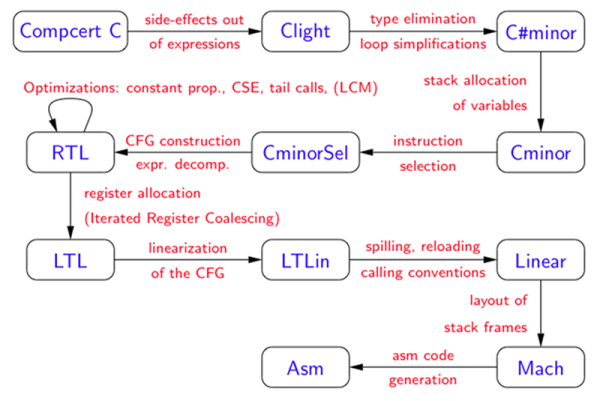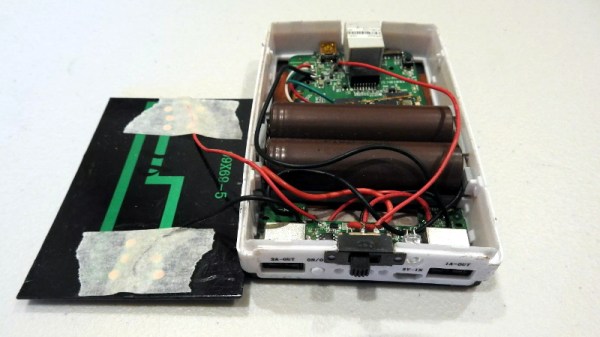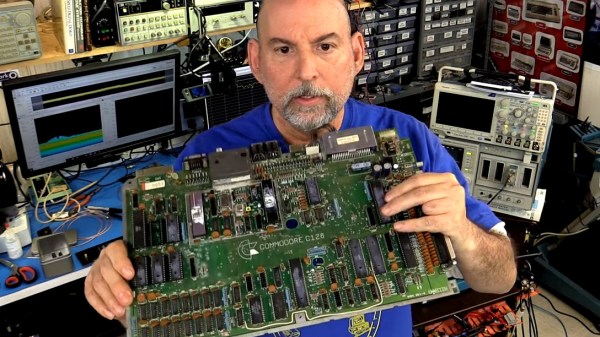Mechanical watches are great in that they never need batteries, but they are simultaneously less than great in that they will lose time if not worn or otherwise regularly agitated. The ridiculous solution to this is the watch winder, which automatically rotates your mechanical watches for you, while you’re not wearing them. This is probably the item you’ll miss the least once the apocalypse hits. [Kristopher] wanted a nice quiet watch winder for his bedside table, but existing solutions were either too loud or too expensive. As is often the case, hacking ensued.
[Kristopher] had decided that starting from scratch was too much hassle. The cheaper watch winders on the market had acceptable quality enclosures, but were simply too loud. [Kristopher] sourced a $40 unit from Amazon, and proceeded to gut the drivetrain. This was replaced with a Sparkfun stepper motor and a Trinamic SilentStepStick – an advanced stepper motor driver that uses several techniques to reduce noise during operation.
An Arduino Nano was substituted as the brains of the operation, communicating with the stepper driver and allowing the winder to be configured for different wind rates. [Kristopher] reports that the device operates near-silently, and the total cost came in well below that of a high-end luxury winder.
Mechanical watches don’t always get a lot of attention these days, but we’ve seen one built from the ground up before. As always, with tips – send ’em if you got ’em.



















